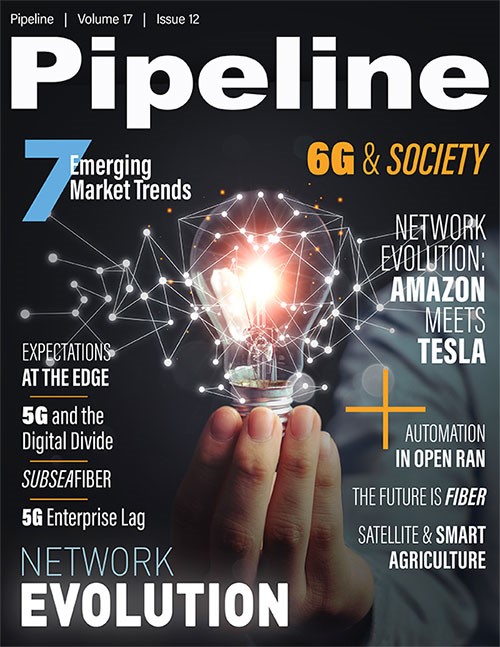The Fundamental Drivers of 6G
By: Anita Doehler, Feifei Lou

We believe that the continuing evolution of the mobile industry and the underlying technologies, namely the development of 6G, must be guided by the imperative to satisfy three fundamental needs facing society at large and the telecommunication industry specifically. These are societal goals, market expectations, and operational necessities.
The need to address societal objectives at large is also expressed in the United Nations (UN) Sustainable Development Goals (SDG). To meet market expectations, new end-user requirements must be satisfied by offering new services and capabilities, supported by evolving technologies in a cost-effective manner. Operational necessities include the need to make the planning, deployment, operations, management, and performance of the mobile operator’s networks increasingly more efficient.
Therefore, any future technology development should be contextualized in terms of how it supports the society, the end users, and the operator’s value creation and delivery and a healthy ecosystem. The main attributes required to address the expectation of society, the marketplace, and the mobile network operators are the drivers of 6G.
Meeting societal needs
The UN Member States have adopted the SDGs. NGMN’s standpoint is that future technologies need to contribute to the success of SDG goals such as: environmental sustainability, efficient delivery of healthcare, reduction in poverty and inequality, improvements in public safety and privacy, support for aging populations, and managing expanding urbanization.
Network infrastructure is essential to societal needs, and it is expected to become more critical, as the role of communication networks expands in every aspect of society. Therefore, factors such as the following will be central in considering future technologies: cybersecurity, resilience to climatic events as well as to cyberattacks, equipment failures, software bugs, and human errors as well as the end-to-end environmental impact of the ICT industry and digital inclusion.
These are only some examples where advancements in communications technologies can help address societal needs. We at NGMN expect that they play an important role in addressing and mitigating global societal challenges.
The actual impact of future communication technologies would be far broader in scope and larger in scale, limited only by our imagination and creativity in applying these technologies for the benefit of all.
Expanding the scope
In the continued journey toward digital transformation and automated industries, the existing and emerging 5G technologies do and will offer new types of services based on very high capacity, throughput, reliability, and very low latency—thus significantly expanding the scope of mobile applications and broadening human and machine communications. It is to be expected that over the next decade, tens of billions of devices will be connected using wireless technologies.
The telecommunications industry needs to identify a quantifiable and differentiated role for any new technology that is justified by market and commercial needs. To achieve this, new technologies should enable significant and novel capabilities, supporting radically new and differentiated services, opening greater market opportunities than the current technologies.
Novel and differentiated services
New applications and services based on future technologies should be sufficiently differentiated from existing services to minimize overlap of functionalities. These new services should be end-user focused and driven by specific new use cases, which are not supported by existing technologies.
Expanded market opportunity
New applications and services based on future technologies should be driven by their scope and scale for applications and the associated market opportunity. The


















